On my journey to self-reliance, I read endless books, attended many dozens of classes, and spent a small fortune to realize my dream of living off-grid. But I kept encountering the same troublesome snags…
Like most Americans, I’m not wealthy and couldn’t afford to simply write a check for a turnkey homestead. Now I’m glad I couldn’t. Because if I had, it probably wouldn’t have worked in the first place.
Why?
Because self-reliance isn’t something you can buy. Instead, it’s something we must build ourselves.
Today, there seems to be too much emphasis on highly specialized time and labor-saving gadgets that only do one thing but do it well. Often this works fine. But at a price.
That’s because when your circumstances change it’s the highly specialized who struggle most. While the “Jacks of all trades” prosper.
So, without further ado, here’s your first project.
Vertical Outdoor Farm
The world’s population is expected to grow by another 2 billion in the next 30 years or so. This will invariably lead to more industrial development and urbanization that, in turn, will lead to the loss of arable land. Of which, we’ve already lost a third over the past 40 years or so. As a result, increasing food demand along with ever decreasing arable land poses one of the greatest challenges facing us today. So, how can we solve it?
One option is to grow vertically.
Vertical farming is the practice of producing food and medicine in vertically stacked layers, vertically inclined surfaces, and/or integrated into other structures, such as in a skyscraper, used warehouse, or shipping container. In any case, the primary goal of vertical farming is producing more food per square meter.
What’s more, vertical farming does this by using up to 70% less water than what’s required for normal cultivation.
You can also add an automated watering system to the vertical garden and tend it in even less time. It’s also scalable. Allowing you to make it as big or as small as you need.
Wicking Bed
A wicking bed is an agricultural low-tech irrigation system invented by Australian Colin Austin that is suitable in arid countries where water is scarce. It can be used both in (arid) fields as well as in containers (aka container gardening).
Container gardening (or pot gardening) is the practice of growing plants, including edible plants, exclusively in containers instead of planting them in the ground. Besides use in fields or containers outdoors, it can also be used indoors in greenhouses. This system is designed to increase food production while using approximately 50% less water than traditional irrigation, by utilizing underground water reservoirs filled with decomposing organic matter and the process of evaporation. It can even be fitted with automated refill capabilities via rainwater tanks and float-valves making is much simpler.
You can modify the size to whatever you see fit so long as you keep in mind a few general rules. For example, the ratios between soil and gravel must stay the same. The soil must also be at least 10″ (25cm) high, ideally between 10″(25cm) and 15″ (40cm). The gravel stones should also be no larger than 0.3″ (7mm). Otherwise, the sky’s the limit.
The Pit (Walipini) Greenhouse
This pit greenhouse design is based on a 1990’s Benson Institute prototype that was built in Bolivia named the Walipini. What is a Walipini? It’s a transparent-roofed enclosure, built low to the ground, used to protect plants from adverse weather, primarily excessive cold or wet. Or, in other words, an earth-sheltered cold frame construction. It derives its name from the Aymaran language. The transparent top admits sunlight and stops heat from escaping via convection, particularly at night. Essentially its cold frame functions as a miniature greenhouse to extend the growing season.
Historically, cold frames were used in addition to a heated greenhouse. The name itself exemplifies the distinction between a warm greenhouse and an unheated cold frame.
So, why should you build one? Because cold frames can be used to extend the growing season for many foods and ornamental crops, primarily by providing increased warmth in early spring. This means that it’s possible for you to harvest vegetable crops ahead of their normal season when they are extremely expensive to buy.
Some crops suitable for growing in a cold frame include lettuce, parsley, salad onions, spinach, radishes, and turnips. One vegetable crop can occupy the whole of a cold frame or a combination of crops can be grown together so they mature in rotation in order to get a wide range of different nutrients throughout the year. Keeping you healthy.
With this project, it’s best to take into consideration the number of people that will benefit from it. The surface for a single person’s year-round consumption need is 94’x94’ (28.65mx28.65m). Multiplying this per person should give you a rough estimate.
Keeping building costs as low as possible also depends on the amount of free labor you can rely on, or the free or used materials you have at your disposal, the size of the build and keeping the material list to a bare minimum. Of course, you can add insulation and heating, but it will raise cost. However, with recycled materials and a DIY mindset this project should be dirt cheap. Which is a big reason it’s proven so popular.
After that, you’ll have to find a good spot for the build where your biggest concern is water. That’s because if water soaks into the wood walls, they will rot away and collapse.
If water seeps through the ground with no means to escape it will also drown your plants. So, try and find a spot where the bottom of the pit is at least 5’ (12.7cm) above the water table.
Capturing and storing as many sun rays as possible is also crucial, especially in the winter. However, the sun’s position in the sky differs in the winter and the summer. Therefore, aim is to face the slant of the roof to the North towards the winter sun if you’re building in the southern hemisphere or to the South if you’re living in the northern hemisphere. This will help to ensure your crops get all of the sunlight they need.
Square Foot Garden
Throughout history, the predominant gardening method has been single-row gardening. It was based on rows because of the use of the plough in farming, the oldest evidence of which dates back some 4,800 years. By contrast, square foot gardening was popularized by Mel Bartholomew’s book written in 1981. This means, square foot gardening is a very new method. You see, Mel found the single-row gardening practices in his community garden were wasteful. Fertilizer, soil amendments, pesticides and water were spread over fields, but plants were grown in 6″ (15.24cm) rows with 3’ (0.91m) wide lanes on either side of them, wasting some 80% of the total garden area and everything put into it! Tilling that earth just to tread on it and compact it down created a lot of extra work, as did keeping it clear of weeds. Furthermore, he noted problems with planting in rows. Why use an entire packet of seed only to thin 95% of the spouts afterward? And why plant an entire 30’ (9.14 m) row of a single vegetable that would all mature at the same time? This might make sense when large-crop farming, but not gardening. Especially for your own self-reliance.
Most breakthroughs occur when knowledge from two or more fields is combined and square foot gardening is no exception. Mr. Bartholomew was an engineer by trade and applied engineering to gardening, resulting in the square foot gardening method that does away with unnecessary work and wasted resources and as such the popularity of square foot gardening is no surprise.
Square foot gardening reduces the amount of work to grow a garden, keeping it fun and preventing it from becoming a chore. Your raised bed is quite versatile and can be modified to meet your specific needs.
- You can add a lattice for plants that grow vertically by constructing a square frame from half-an-inch (1.27cm) pipe on one side of the box and then stretching a net on it which can be fastened in place with zip ties.
- You can also create a protective dome out of two crossed and bowed PVC pipes anchored to a 1″x1″ (2.54cmx2.54cm) frame slightly larger than the raised bed and fastened in the center with a zip-tie.
- Or you can create a protective cover out of chicken wire by creating a 1″x1″ (2.54cmx2.54cm) frame slightly larger than the raised bed and fastening a wall of chicken wire to it with zip ties or staples. Then create a slightly bowed roof out of chicken wire and fasten it to the walls using zip ties.
If you don’t make your own compost yet, this would be a very good time to start a compost pile. By not planting everything at the same time, you can stagger your harvest, ensuring a steady flow of fresh vegetables.
Conclusion
What makes all these projects special is they’re made with adaptability in mind. Meaning if the sky falls, and you crawl out of your bunker to glimpse little more than a barren, ashen waste, you’d still be able to assemble your own off-grid paradise. Or, save money on food when times are good.
So why not check it out? Click the image below for more info and the blueprints you need to build your own.


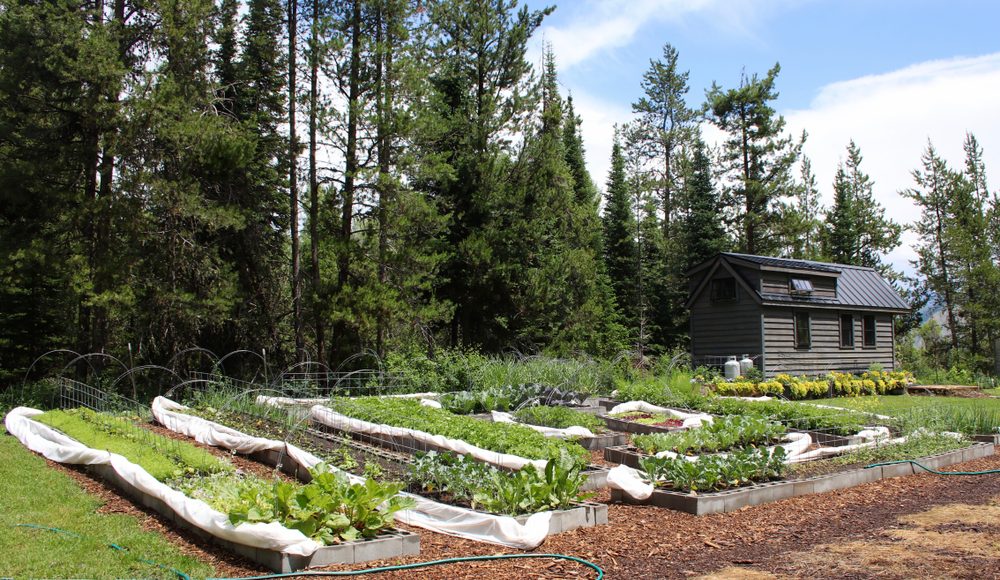

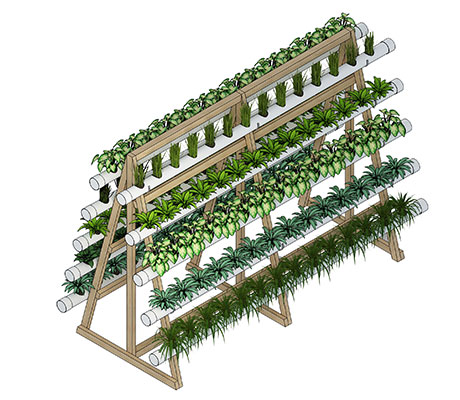
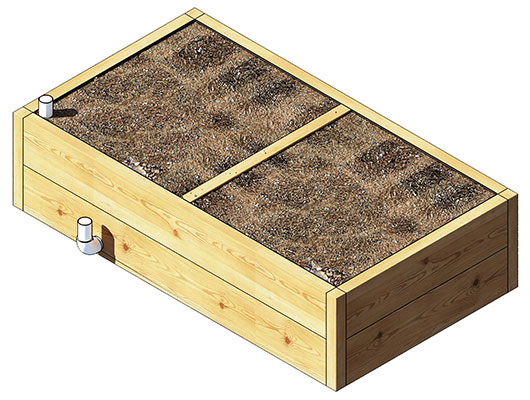
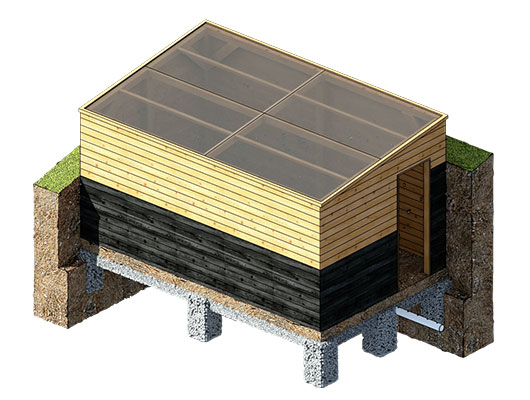
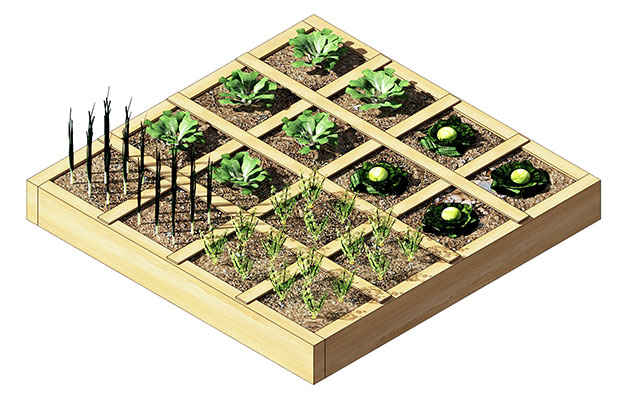


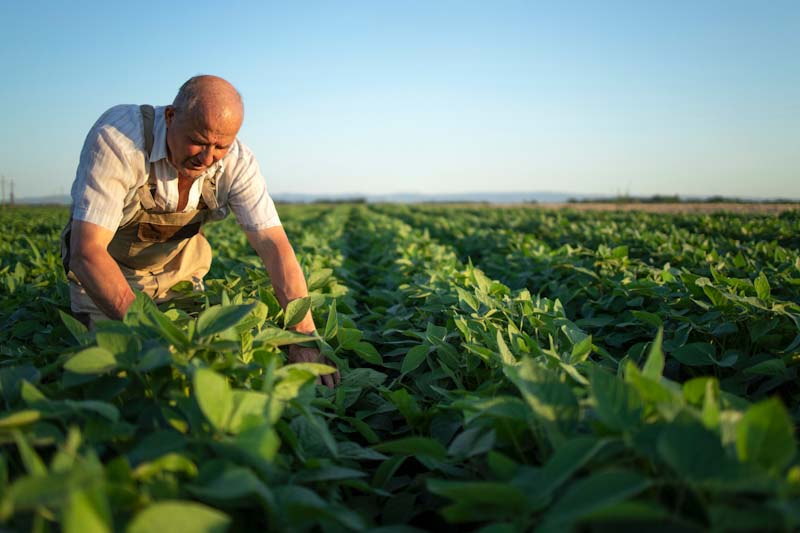

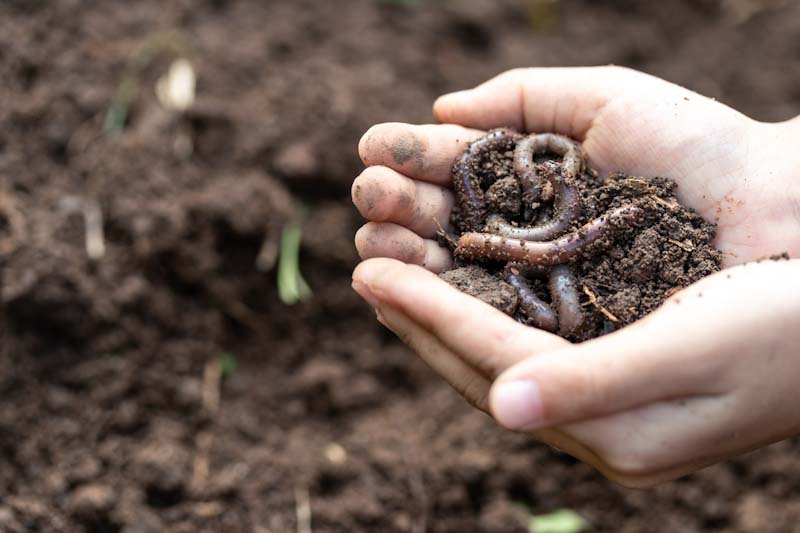

Bill in Idaho | August 23, 2020
|
Some Really GOOD IDEAS here, Cache. Thank you for that.
Edward | December 12, 2020
|
I am looking for about your product place lave me a messages . When I post this , I am looking for move information on this
Alex | December 16, 2020
|
Hello Edward.
Please contact our team at support@diysanctuary.net and one of my colleagues will help you with your order.
Thank you!
Alex from Survivopedia.
James | August 5, 2021
|
My property is surrounded by really tall (60ft+) trees and my yard only gets partial sunlight though out the day. And being my soil is 70% rock, I’ve tried raised planter beds, but because of my limited sunlight, my gardens don’t do so well. Any ideas on how I can have a garden without breaking the bank?
Ric | August 6, 2021
|
Maybe include IBC aquaponics? There’s a paid PSF. Out there called Backyard Liberty. Just goggle IBC aquaponics and you can find everything you need to know. Also solves any soil issues and in my opinion, the best for long term if you go solar with your pump. Fish and produce in one system.